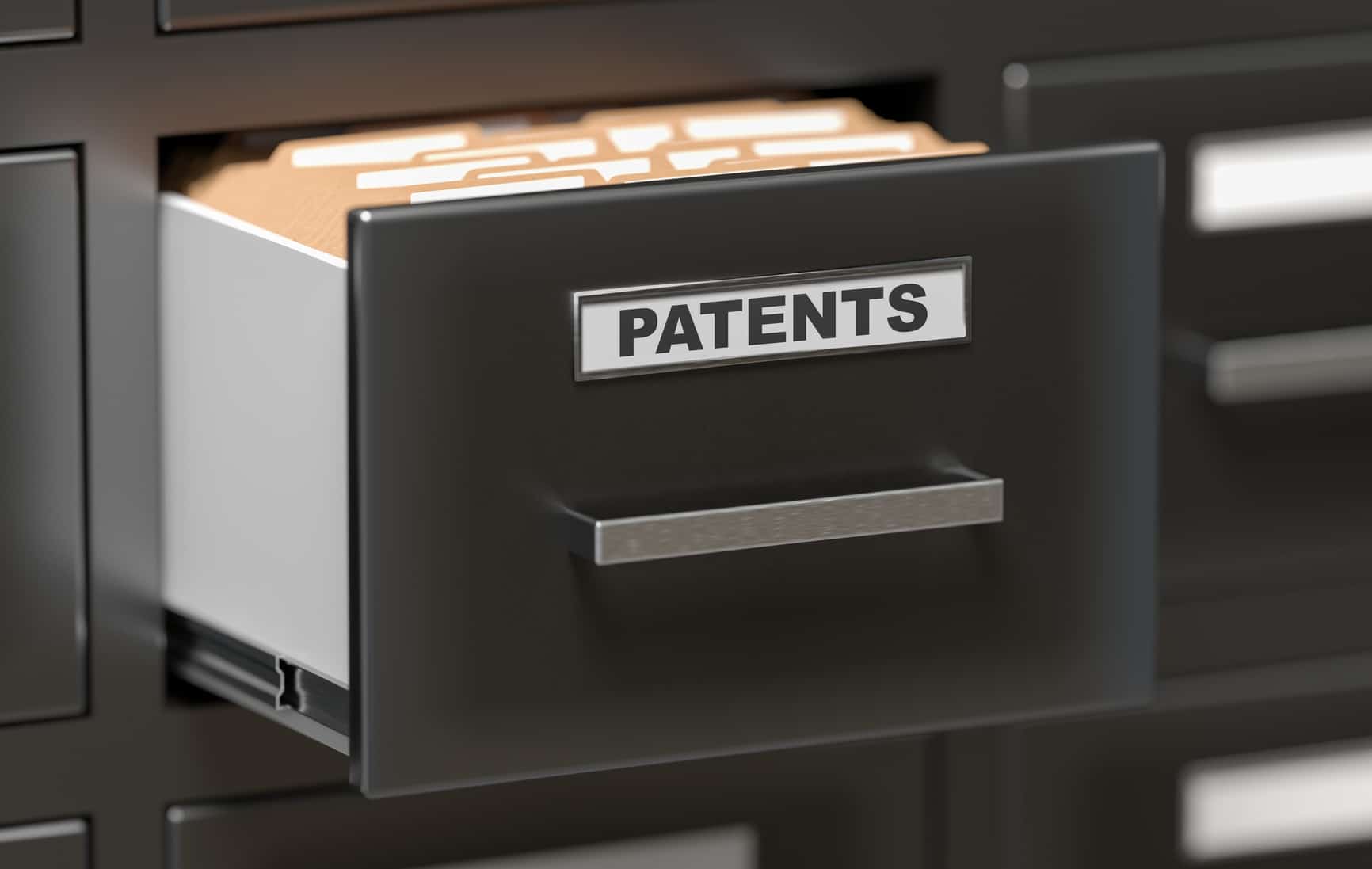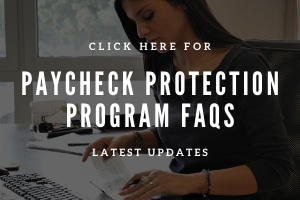
Over half a million applications for some type of patent were filed in 2015. The process is usually long and confusing to navigate.
While the process is often burdensome, patents are absolutely necessary to protect your invention and intellectual property. Are you wary of beginning the process? Scared to make a costly mistake?
Don’t worry, keep reading below to find out exactly how to get a patent and be on your way to protecting your great idea.
First, the Basics
You may have a fantastic idea, but be asking yourself “What’s a patent?” You may have no clue how to get a patent.
First, put simply, a patent is a property right that the government grants. Basically, it prevents other people from making the same product or invention for a specified time period.
And if someone does? A patent allows you to sue someone who uses your patented ideas.
You should be familiar with the four different types of patents. Utility patents are for inventions with specific functions. This type is usually the most common. Design patents protect aspects that do not serve a function, like a specific shape.
The third type of patent is a plant patent, which as it sounds, protects plants or flowers that an inventor has created and reproduced. And finally, a software patent protects software.
Understand What You’re Working With
Before throwing yourself into applying for a patent, you should understand your product or idea. Be able to clearly identify what aspects make it unique. What features make it useful?
Another key step is to double check that your invention or idea is actually patentable. This means that it is totally unique and nobody else has had a similar idea and already patented it.
Be sure to think about the possibilities of your product. You may have one specific use in mind, but if your product could be used with other functions or materials, note it. A broader patent may be more valuable.
Thinking through these questions will help you decide the exact patent or patents you need to file. Getting this correct the first time can help prevent costly mistakes.
Doing Proper Research Is How to Get a Patent
As stated, to get a patent, a product or idea cannot already be in existence. Do searches on existing patents to start. Search the USPTO website, Google, and sites like Amazon and Etsy. Absolute uniqueness is needed!
Don’t forget to search publications, brochures, and presentations for any thing that may overlap with your idea. Part of the application process requires you to disclose any knowledge of any material that relates to your idea.
Once you have completed an informal search on your own it is recommended that you get a professional search before going forward. Getting a professional search will not only help you find other inventions that might be close to yours, but it will also help you to draft claims in your application that avoid the inventions of others. This will vastly improve your chances of getting a patent.
Consider a Provisional Patent
If you have your invention mostly finalized, but maybe want some room to play with one aspect, consider filing a provisional patent. This type of patent lets you put on file that you are the inventor at that time.
Then you typically have up to a year to file the true patent. This lets you have time to play around with minor aspects of your invention to get it right without worrying about someone stealing your ideas. Be aware though that if you don’t file within a year your own provisional patent application can be used against you. Also, any additional aspects of your invention that you add that wasn’t in the original provisional application may not be entitled to the filing date of the provisional.
The main reason for filing a provisional is to secure an early filing date. The U.S. patent system is a “first to file” system. This means in a contest of patents the first to file will be more enforceable than later patents.
As explained above, there are multiple patent types. If applicable, consider filing two or more patent types. This will protect your intellectual property even further. We highly recommend using an agent or attorney to draft your claims for your provisional patent. Any mistake can result in loss of your patent or in the granting of a patent that is ultimately unenforceable.
Carefully Draft your Patent Application
Regardless of whether or not you were working under a provisional patent, you must be very careful and thorough when drafting your patent application.
Patent applications have several sections. They can easily be rejected for minor technical reasons. It can be helpful to make checklists to help you ensure you do not forget anything.
You must describe in detail how you will make or use your invention. You will need to include drawings and figures to help depict your ideas. Do not include any business ideas or secrets in the patent. It will eventually be a public document.
Drafting great applications is viewed as a skilled and it can take some time to get good at it. This is why seeking out a professional in intellectual property can be very helpful during this process. Particularly when it comes to drafting your claims. Every word in a claim counts and has both a legal and technical meaning. We highly recommend using an agent or attorney to draft your claims. Any mistake can result in loss of your patent or in the granting of a patent that is ultimately unenforceable.
Submit Your Application Online
Once you are happy with all the contents of your application, you need to submit them to the USPTO with the proper fees.
Play the Waiting Game
Unfortunately, do not expect a quick response from the patent office. But you can go ahead and start seeking out commercial opportunities that may be a good fit for your product.
It can sometimes take up to a year or longer, especially if there are patents for similar products or designs. The USPTO will need to do a lot of research.
Keep in mind, when you do receive a response, it may not be what you want. A common response is that your idea is not unique enough and has too much in common with other products.
They can also tell you that you did not describe your idea in enough detail. Sometime you may be eligible to file an amendment or appeal the USPTO decision. Each additional step will add additional time. This can mean it will be years before actually having your patent granted. These long timelines are not unusual.
Common Questions About How to Get a Patent
Many people want to know how much it will cost them to file a patent. The answer can truly vary depending on the complexity of the patent. Keep in mind there will continue to be costs associated with creating your invention in addition to filing fees and charges filed by the U.S. Patent office.
People often ask (and complain) about how high attorney fees are. This is usually because patent attorneys have extensive knowledge way beyond the average person. This is extremely helpful when navigating the various laws and regulations.
This is especially true when it comes to claims drafting. The ultimate goal is to draft your claims broadly enough that you capture as much area in your patent as possible while narrow enought to avoid any prior art. When you go to enforce your patent the court will construe them as narrowly as possible, which is why cases are often won or lost based on the wording of a claim. Additionally, lawyers that specialize in this area understand that literally, every word in a claim is crucial to how it will be interpreted.
Lawyers are sometimes the ones guiding you through the process or may directly interface with the patent office. Their skill is important and that level of expertise comes with an appropriate price tag.
Time to Get Started
Now that you are familiar with how to get a patent, you can start working to protect your invention! The process is long but well worth it in the end.
Do you still have some questions? Please contact us and we will be happy to help you with any questions or concerns!





